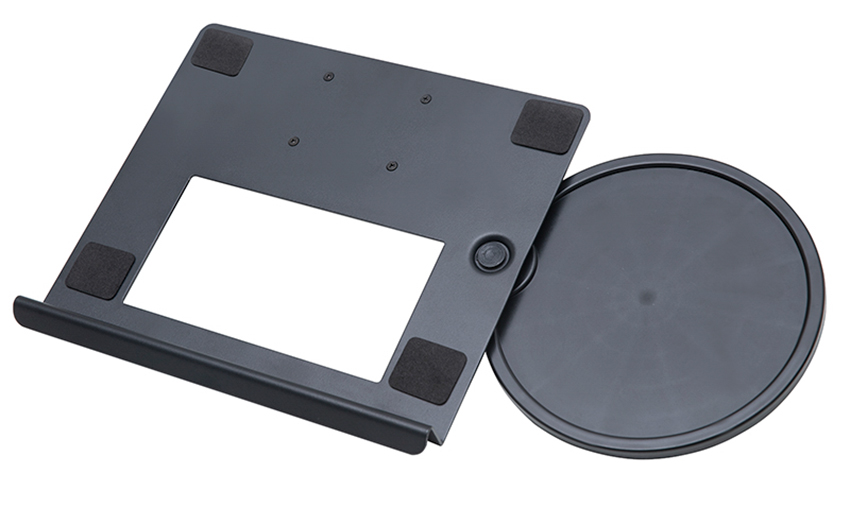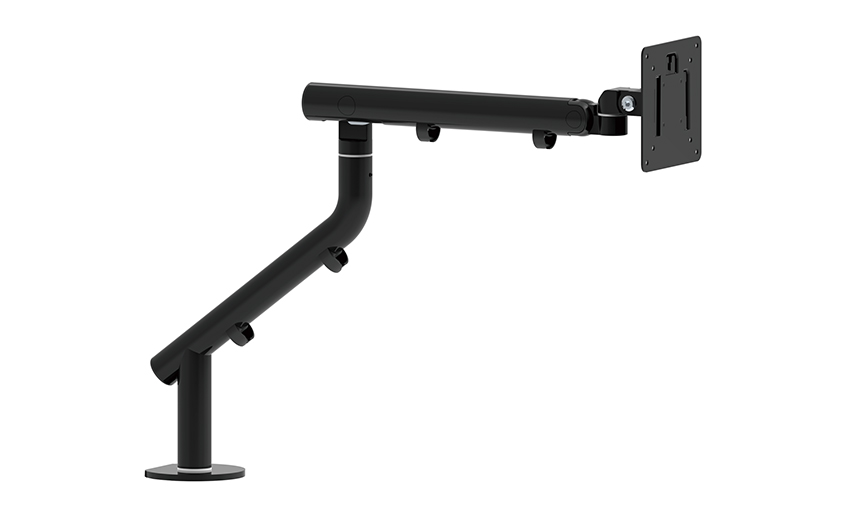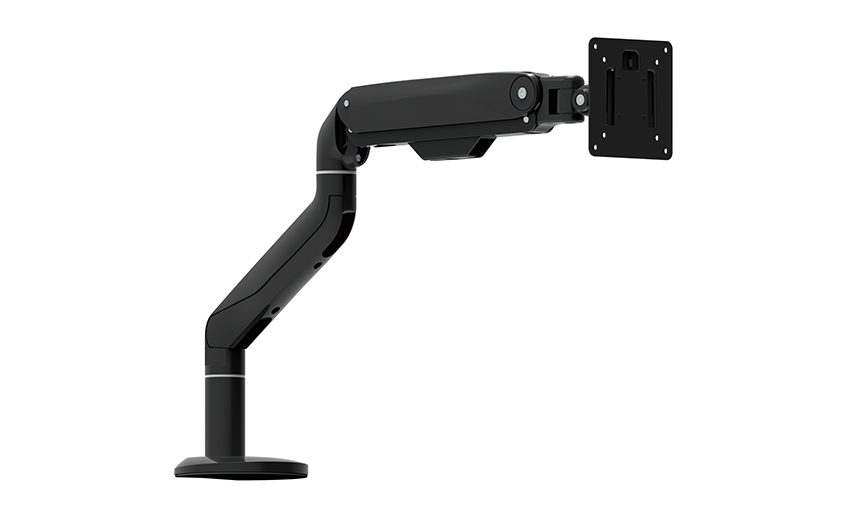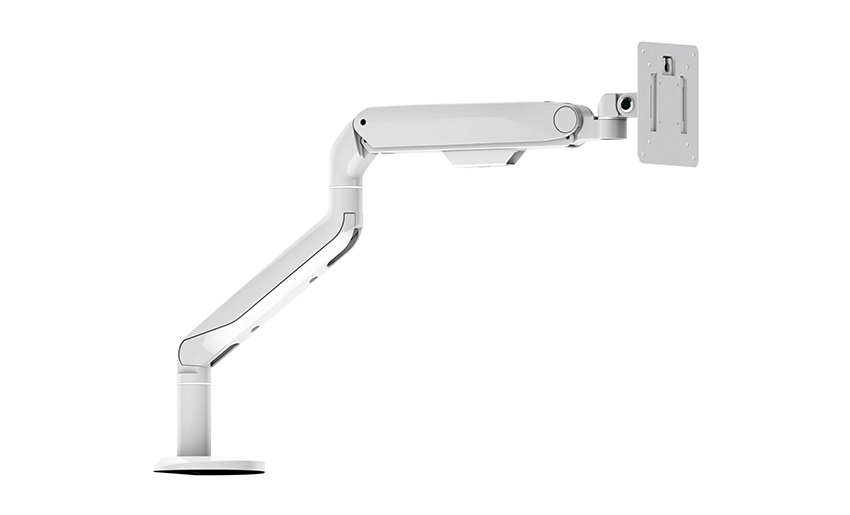Product Consultation
Your email address will not be published. Required fields are marked *
The Ergonomic Revolution: Why the Dual Monitor Stand is Your Next Must-Have Upgrade
Dec 12,2025The Ergonomics of Comfort: Why the Multi-functional Notebook Tray is Essential
Dec 09,2025The Secret Life of Your Wooden Sofa Handle: A Popular Science Dive
Dec 04,2025The Ultimate Guide to the Laptop Lap Tray: Enhancing Comfort and Productivity
Nov 24,2025Optimize Your Workspace: The Essential Role of a Computer Monitor Stand
Nov 19,2025The Strategic Advantage of a Dual Monitor Desk Mount
Nov 12,2025Every decision in a computer design is a trade-off between cost and capability.
Some computers have a dedicated and separate GPU for graphics, but cheaper ones just incorporate GPU functions into the CPU. Lower performance, but cheaper!
Some computers have complex, dedicated audio processors and sound cards. Others incorporate more primitive sound functions into support chips of the CPU. Lower performance, but cheaper!
Some computers used to have dedicated encryption processors. Modern Intel CPUs have AES hardware acceleration built in.
In Ye Olde Days, you would actually buy a separate math co-processor chip for FPU functions (80387, anyone?) Every modern Intel CPU now had an integrated FPU.
Even if you had the coprocessor, you’d need computer monitor arm Suppliers a programming kit to utilize it, and a critical mass of install base to convince programmers to spend time on it. In GPGPU land, the OpenCL and CUDA architectures emerged for programmers to use GPUs as a co-processor, but even that is ly limited to specialized applications that take advantage of the GPU SIMD architecture.
There no special advantage to a general purpose ARM chip as a co-processor have an immediate benefit to a modern Intel CPU. It’s a different architecture and slower. It’s not clear that it would be useful even if it was free in every PC since it would call for specialized programming like OpenCL or CUDA.
You’re more likely to see FPGA coprocessors for specialized work like AI and ML until general purpose CPUs accrue the capability themselves. New Azure servers to pack Intel FPGAs as Microsoft ARM-lessly embraces Xeon
Your email address will not be published. Required fields are marked *

A Home Office Foldable Laptop Notebook Computer Tr...
See Details
One of the key features of this monitor arm is its...
See Details
Revolutionize your work setup with the Aluminum &a...
See Details
This sleek and sturdy arm is designed to securely ...
See DetailsAddress: No 3098 Shuanglong Rd, Daqiao Town 314006, Nanhu Area,Jiaxing city, Zhejiang Pro, China
Tel: +86-0573-83222192
Fax: +86-0573-83225688
URL: www.jxjmly.com
Email: [email protected]
Copyright © JIAXING JINMAO ALUMINUM INDUSTRY CO., LTD.All Rights Reserved. Monitor Arms Desk Mount Manufacturers Wholesale Monitor Brackets Suppliers